Sex, love and immortality: Behind the obsession with vampires
4 min read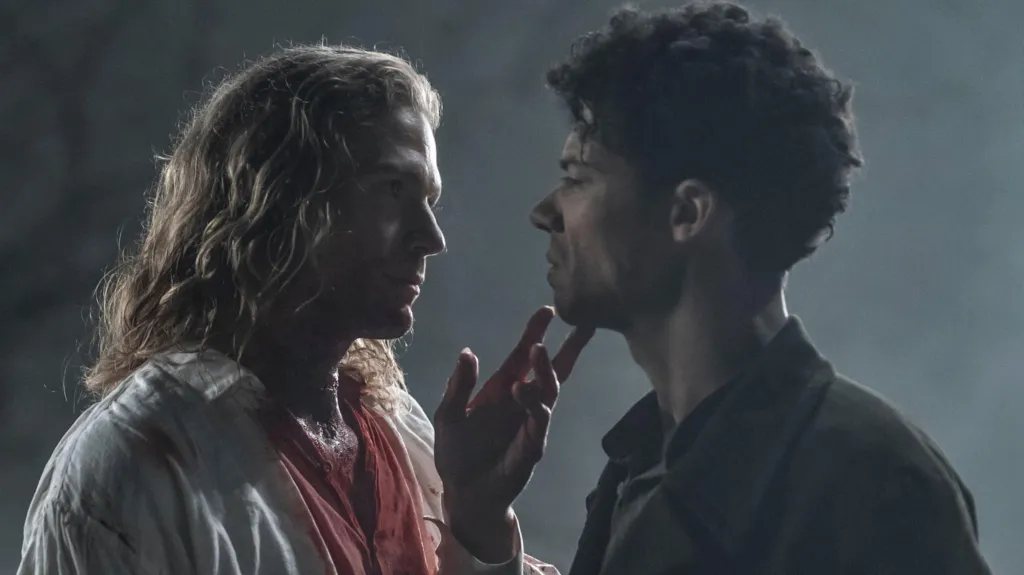
"I just approached it, always, as a love story," says Rolin Jones an executive producer and writer on the Interview with the Vampire series. BBC/Larry Horricks/AMC Network Entertainment LLC
Vampires have long captivated our imaginations—immortal, bloodthirsty creatures with sharp fangs and a notorious aversion to sunlight and garlic. While they may not fit the mold of traditional heroes, these enigmatic figures have fascinated audiences for centuries.
The modern vampire narrative began with John Polidori’s The Vampyre, published in 1819, marking the first English short story featuring this creature. This was soon followed by Bram Stoker’s iconic Dracula in 1897, which inspired F.W. Murnau’s silent classic Nosferatu in 1922. A remake of Nosferatu, directed by Robert Eggers and featuring actors like Bill Skarsgård and Lily-Rose Depp, is set to hit UK theaters in 2025.
But what fuels our ongoing obsession with these dark beings?
For Mark Gatiss, writer and actor known for his work on Sherlock and Dracula, the fascination began in childhood. Gatiss, who portrayed Dracula in an audio adaptation and created a BBC series exploring the character, describes the chance to delve into Stoker’s myth as “too good to be true.” He states, “Like Sherlock Holmes, it’s an imperishable myth. If anyone gives you the chance to have a go at it, you have to do it.”
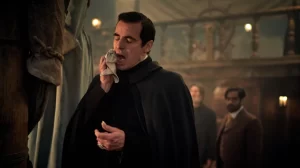
Rolin Jones, an executive producer and writer for the TV adaptation of Interview with the Vampire, based on Anne Rice’s novels, offers additional insight. The series follows the vampire Louis de Pointe du Lac as he recounts his life and complicated relationship with Lestat de Lioncourt. Jones suggests that vampire stories “come back over and over again” because they resonate deeply, often exploring themes of immortality, love, and death. On social media, the #vampire trend has amassed 2.7 million posts on TikTok, reflecting the characters’ widespread appeal.
The vampire archetype has evolved, with some characters burning in sunlight while others, like those in the Twilight series, sparkle. Despite these changes, one element remains constant: the theme of immortality. Dr. Sam George, an associate professor at the University of Hertfordshire, notes that the allure of vampires lies in their ability to provoke contemplation about aging and what lies beyond death. She highlights the historical connection between vampires and disease, particularly during times of widespread illness.
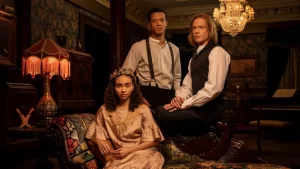
The emergence of the vampire genre coincided with public health crises, such as the tuberculosis epidemic when The Vampyre was written. Similarly, Nosferatu, released shortly after the Spanish influenza pandemic, portrays a character linked to disease and contagion. George asserts that our fascination with vampires resurfaces during pandemics, stating, “Post-COVID, we’re very interested in the vampire as contagion.”
Jones finds intrigue in the vampires’ desire for eternal life, suggesting that removing mortality from narratives can lead to compelling storytelling. He highlights how Anne Rice’s own experience with loss, particularly the death of her daughter, profoundly influenced her writing. This sense of grief and mourning, articulated in Interview with the Vampire, adds layers of complexity to the narrative.
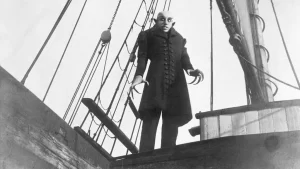
While vampires allow us to confront our fears about mortality, they also evoke a distinct sensuality. “They’re the sexiest, the most sensual of monsters,” Jones observes, noting their ability to seduce. He recalls picking up Rice’s novel and perceiving it as a “repressed and messy love story.”
Dr. George concurs, pointing out that vampires have become increasingly attractive and youthful over the years, contrasting the grotesque figure of Nosferatu with Edward Cullen from Twilight. She also notes a significant shift in vampire literature towards themes of sexuality and identity, especially in the context of queer representation, as seen in Rice’s work.
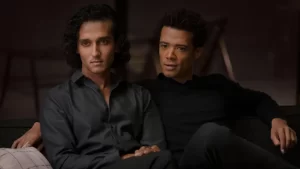
The intertwining of love and immortality is exemplified in Francis Ford Coppola’s 1992 adaptation of Dracula, which emphasized that “love never dies.” Dr. George believes this multifaceted nature of vampires allows them to address complex questions surrounding death, love, and existence simultaneously.
Ultimately, the enduring appeal of vampires lies in their ability to provoke thought, elicit fear, and explore themes of passion and mortality. As we continue to engage with these dark figures in literature and film, they remain a powerful symbol of our deepest fears and desires, ensuring their place in our cultural narrative for generations to come.







